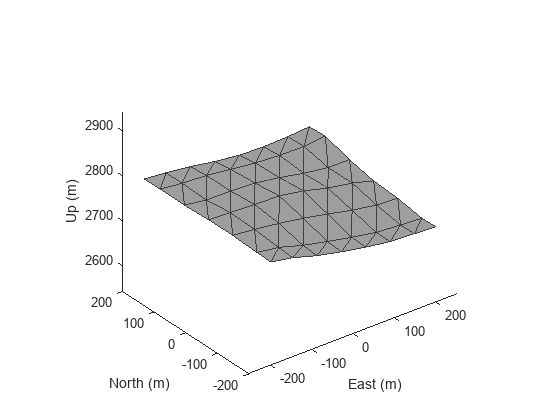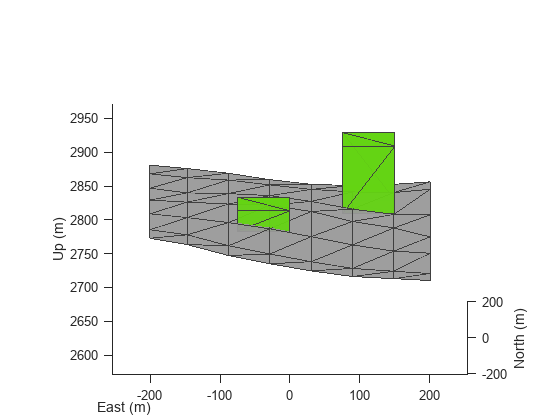terrainHeight
Description
heights = terrainHeight(scene,x,y)uavScenario
object.
heights = terrainHeight(___,Name,Value)Name in quotes.
Examples
Input Arguments
Name-Value Arguments
Output Arguments
Version History
Introduced in R2021a
See Also
uavScenario | addMesh | addCustomTerrain | removeCustomTerrain

